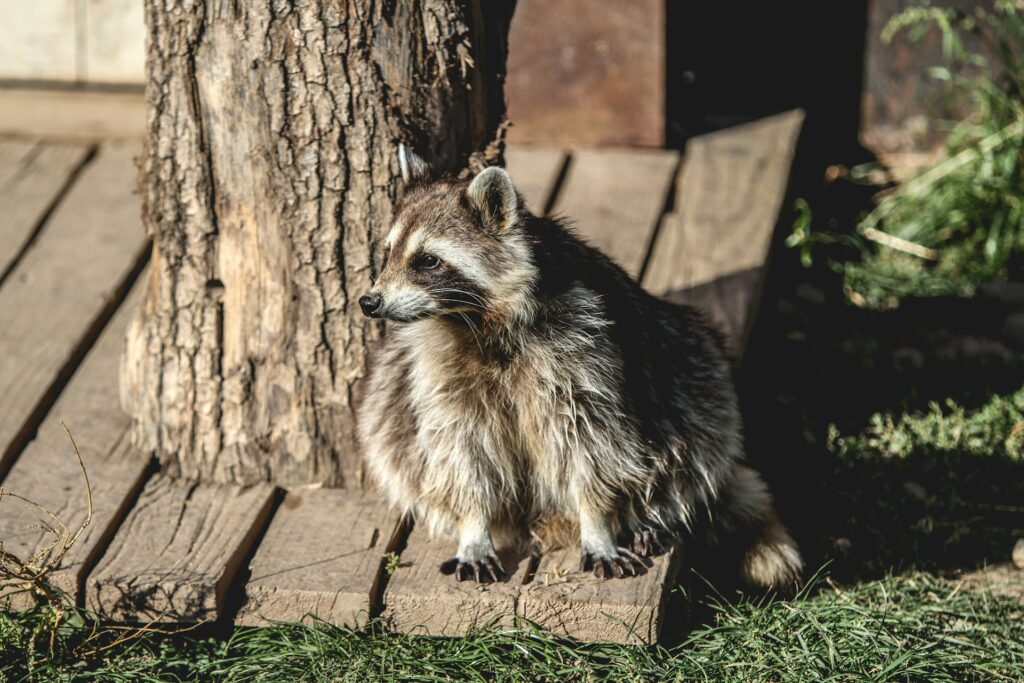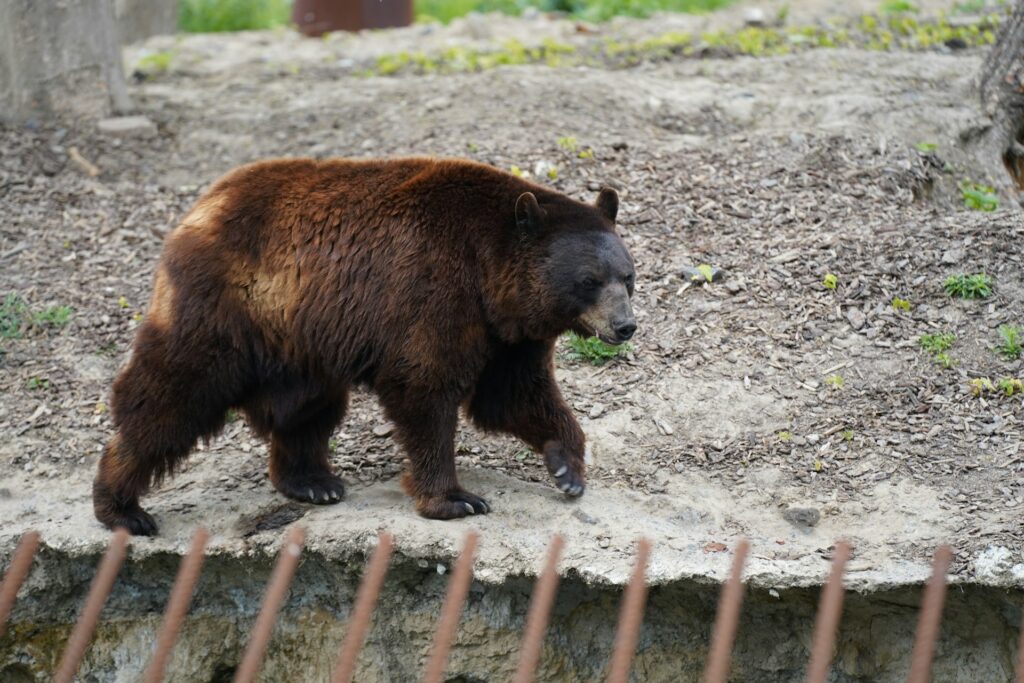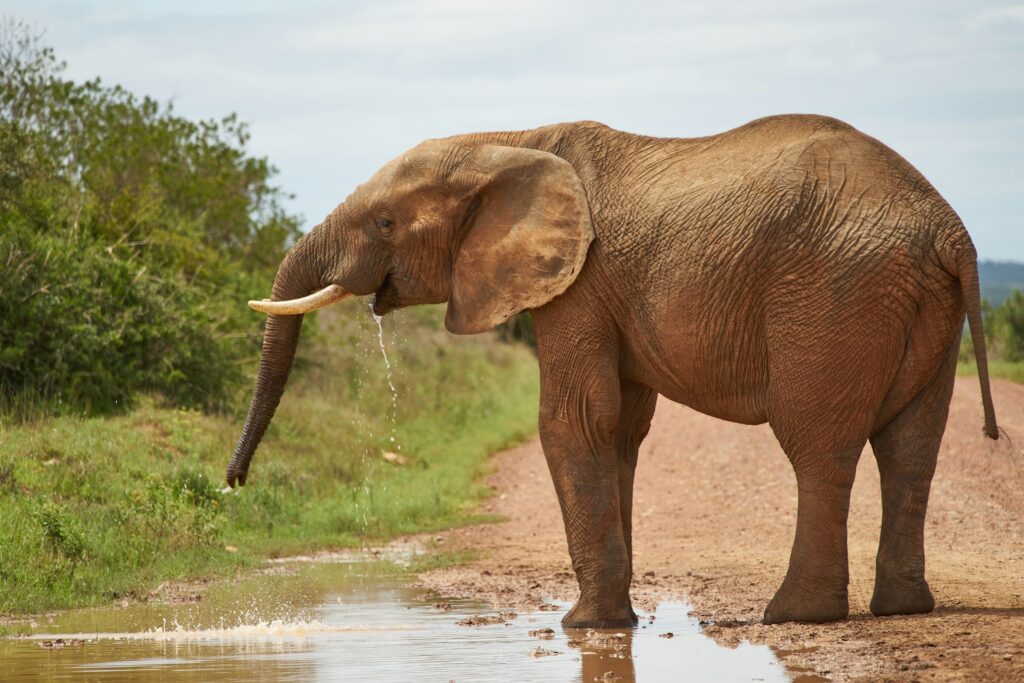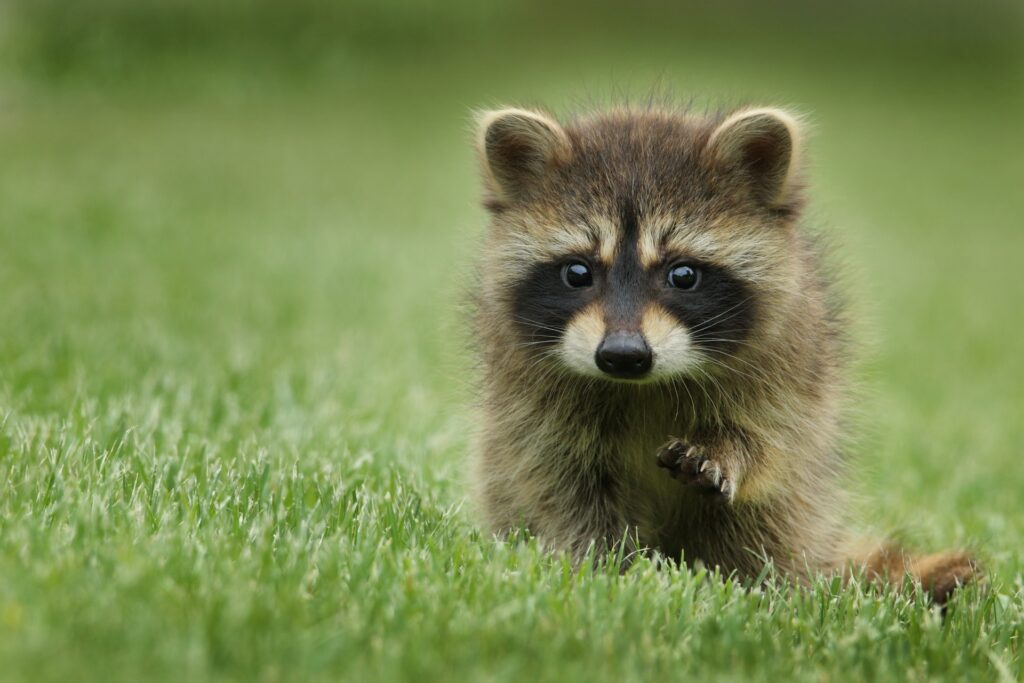We tend to think of technology as something that gives humans the upper hand—cameras, fences, tracking devices, automated deterrents.

However, nature has its own kind of intelligence, and wild animals aren’t just passive players in a tech-driven world. Many have adapted, learned, and even outmanoeuvred the tools designed to control, deter, or contain them. As our systems get more complex, so too does the behaviour of the animals living alongside us.
From crafty urban foxes to birds dodging motion sensors and marine mammals tricking sonar, these creatures prove that the natural world is always evolving—sometimes faster than we expect. Here are some of the wild animals that have figured out how to beat us at our own game.
Urban foxes and motion-activated bins

Foxes in UK cities have become masters of modern bin systems. In several areas, councils introduced motion-activated or supposedly “fox-proof” bins in an attempt to reduce mess. It didn’t take long for foxes to adapt. They’ve learned to tip bins at a precise angle, wait for the motion sensor to trigger, or even use their noses and paws to manipulate the lid. In some recorded cases, foxes have returned night after night to the same bin, refining their technique with every visit. What was intended as a deterrent has become part of their nightly routine.
Crows using traffic lights and tools

Crows are renowned for their intelligence, and life in cities has only amplified their creativity. In Japan, crows drop hard-shelled nuts onto busy roads, then wait patiently as cars crush them. But they don’t risk their safety—they retrieve the cracked nuts only when the pedestrian signal turns green. This shows not just problem-solving, but an understanding of timing, signals, and human behaviour. In other cases, crows have been observed bending wires into hooks to fish food out of containers. They’re not just using tools—they’re innovating on the fly.
Bears dismantling electric fences

Electric fences are a common solution for keeping bears out of campsites, apiaries, and crops. But in parts of North America, bears have found ways to get around them. Some have learned to test the current using non-sensitive parts of their body, such as a paw swipe with thick fur. Others push over fence posts or use fallen branches to break the circuit. In certain cases, they bypass the fence entirely by climbing over trees that lean across the boundary. Their determination—combined with strong memory and physical strength—makes them formidable opponents for even well-planned defences.
Monkeys outwitting vending machines

In parts of India, Thailand, and Indonesia, urban monkeys have learned to treat vending machines like puzzle boxes. Some have been seen swiping coins from unattended bags and inserting them into machines to get food. Others mimic the motions of people using the machines, pulling levers or pressing buttons. Reports have even surfaced of macaques observing tourists closely, then attempting to repeat what they saw moments later. In high-tourist areas, these monkeys are known to steal wallets or purses, not for cash, but for the snacks or loose change inside.
Sea lions evading fishery deterrents

To protect their catch, fisheries often use underwater acoustic deterrents—devices that emit unpleasant sounds meant to drive marine mammals away. But sea lions are nothing if not persistent. In the Pacific Northwest, some have grown used to the noise and no longer respond. In fact, some even associate the sound with the presence of fish, treating it like a signal to move in. They swim around nets, sneak under docks, and even wait near processing plants for easy access. The very tools designed to repel them have, in some cases, become the opposite.
Elephants recognising engine sounds and human voices

In areas where elephants face threats from poachers, they’ve developed an extraordinary ability to differentiate between engine sounds. Researchers in Kenya have documented elephants reacting differently depending on whether they hear the low hum of a tourist 4×4 or the distinct rumble of a poacher’s motorbike. Some herds flee at the sound alone, long before any people are visible. Even more striking—studies have found elephants can distinguish between human languages and voices, showing more fear when hearing male voices from local tribes associated with conflict. It’s a sharp example of how closely these animals monitor their surroundings.
Raccoons bypassing security cameras and locks

Raccoons are the poster children for urban mischief, and their reputation is well-earned. In cities like Toronto, New York, and Berlin, raccoons have become experts at identifying weak points in human infrastructure. They learn where cameras are placed and avoid the field of view. They’ve figured out how to open latches, undo bungee cords, and manipulate garden gates. Homeowners have reported raccoons rolling bins away from the light, hiding behind objects to stay out of sight, and using drainpipes to scale buildings. Their mix of intelligence, dexterity, and persistence makes them surprisingly tech-savvy.
Dolphins avoiding sonar detection

Sonar systems used by navies and fishing fleets are meant to detect marine mammals, but dolphins have found ways to slip past. In some areas, they’ve been observed altering their group formations or swimming routes to minimise their sonar signature. Others use bubble curtains or fast, unpredictable movements to confuse the signal. Researchers have even noted dolphins adjusting the frequency of their own echolocation clicks, potentially to mask their location. It’s not just clever—it’s a form of acoustic camouflage.
Pigeons exploiting automatic doors

Pigeons in busy city centres have discovered that automatic doors are easy entry points to places with food. They hover or pace in front of the sensor just long enough to trigger it, then casually stroll into shops, food courts, or train stations. In some places, they wait nearby and time their entry when customers approach. Staff have reported pigeons returning daily to the same buildings, clearly learning which ones offer the best scraps. They’ve turned human convenience into avian opportunity.
Wolves testing trail cameras and traps

Wolves are naturally cautious, but recent studies suggest they may be learning to identify and avoid modern surveillance tools. In wilderness areas where trail cameras are placed to monitor behaviour or movements, some wolves have been seen approaching from downwind, sniffing the devices, or even walking behind them to avoid detection. In rare cases, cameras have been found knocked over or turned around, possibly by curious or suspicious pack members. Wolves have also been known to dig around or spring traps without getting caught, showing a high level of spatial awareness and caution.
Animals aren’t just surviving alongside human technology.

They’re adapting to it, learning from it, and in some cases, completely outsmarting it. Their behaviours are changing as fast as our tools, sometimes faster. Whether they’re dismantling fences, avoiding surveillance, or unlocking gates, these wild creatures are proving that intelligence comes in many forms. And while we might pride ourselves on innovation, nature is constantly watching, learning, and responding. In a world shaped by human design, the wild is evolving too—quietly, cleverly, and often right under our noses.